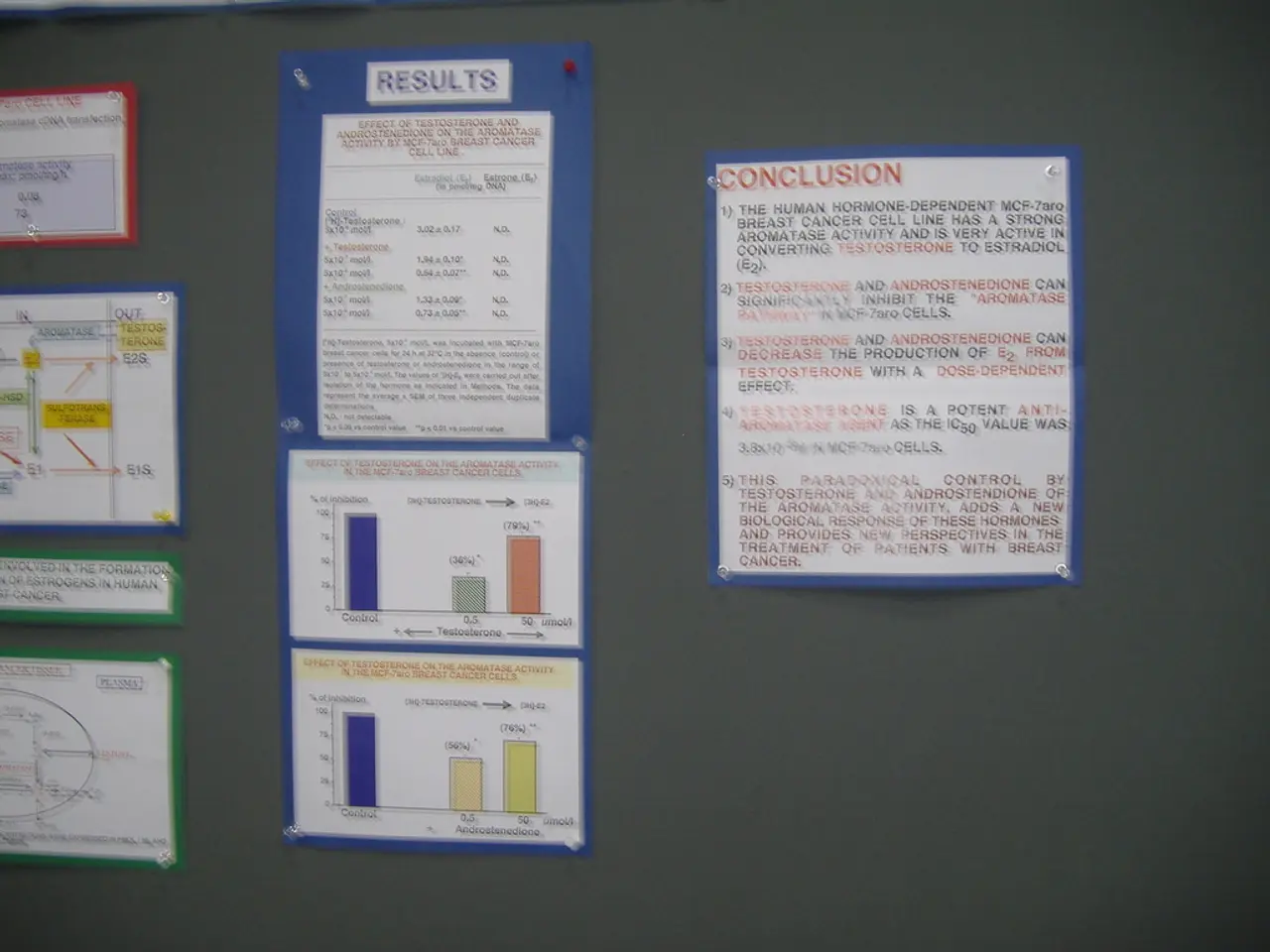Outdated legacy systems impede payments: contemporary user interfaces offer little value when the back-end Operations still rely on DOS systems
In the rapidly evolving landscape of digital payments and real-time transactions, banks in Germany and beyond are facing significant challenges. However, these challenges also present opportunities for modernization and transformation. Here are some key strategies that banks can adopt to build robust, agile, and secure payment infrastructure:
Payment Hubs as a Unified Platform
Banks are increasingly embracing payment hubs—centralized, intelligent platforms that unify fragmented legacy payment workflows into a single command center. These hubs connect legacy core banking systems to new payment types, supporting real-time transaction processing 24/7 and providing intelligent routing to choose optimal payment rails based on cost, speed, and security needs. They offer modular, open API-based architectures that enhance strategic flexibility, allowing banks to rapidly scale, launch new services like cross-border payments, and incorporate advanced fraud detection, KYC, and AML tools. This approach reduces operational complexity, lowers maintenance costs, cuts manual errors, and frees resources for innovation and customer service improvements.
Modern Core Banking Systems with Cloud-Native Architecture
Updating outdated legacy core banking systems with cloud-native, flexible platforms is essential. These platforms support real-time data analytics for better risk management and customer insight, automate complex processes via AI and natural language processing (e.g., loans, compliance), and embed advanced security with multilayer access controls and encryption. This shift enables banks to quickly adapt products and services, reduce operational costs, and foster innovation-driven growth while maintaining regulatory compliance and safeguarding customer data.
Programmable Money and Embedded Financial Logic
The adoption of programmable money introduces workflow-aware financial logic, enabling payments automatically triggered by smart contracts (e.g., releasing funds upon delivery or splitting settlements). Banks can monetize these capabilities by automating foreign exchange, escrow services, and improving liquidity management and cash flow visibility for corporate clients. Regulatory clarity from frameworks like the GENIUS Act and MiCA facilitates compliant tokenized money issuance. Banks need to work with system integrators to embed these new digital finance capabilities into legacy ERP and treasury systems, ensuring scalable and governed deployment.
In conclusion, these strategies address the challenges posed by fragmented legacy systems and aggressive digital-first competitors by creating agile, transparent, and secure payment environments that support real-time, innovative services and global scalability. The key is integrating modular, API-driven technology stacks and enhancing organizational agility to accelerate modernization and customer-centric digital transformation.
[1] Payment Hubs: The Future of Banking Payments (Deloitte, 2021) [2] Modernizing Core Banking Systems: A Comprehensive Guide (Accenture, 2022) [3] The Impact of Programmable Money on Banking (IBM, 2023) [4] Navigating the New Era of Digital Finance: A Roadmap for Banks (PwC, 2022)
The finance business is embracing payment hubs, unifying legacy payment workflows into a singular command center, leveraging technology to support real-time transaction processing and intelligent routing for optimal payment solutions. This strategic modernization also includes adopting cloud-native core banking systems, enabling banks to adapt services quickly, reduce operational costs, and embed advanced security features.
Modern core banking systems, equipped with cloud-native architectures and advanced technology, provide banks with capabilities like real-time data analytics, automation, and improved security—essential components for sustaining growth and adhering to regulatory compliance in the ever-evolving digital finance landscape.




